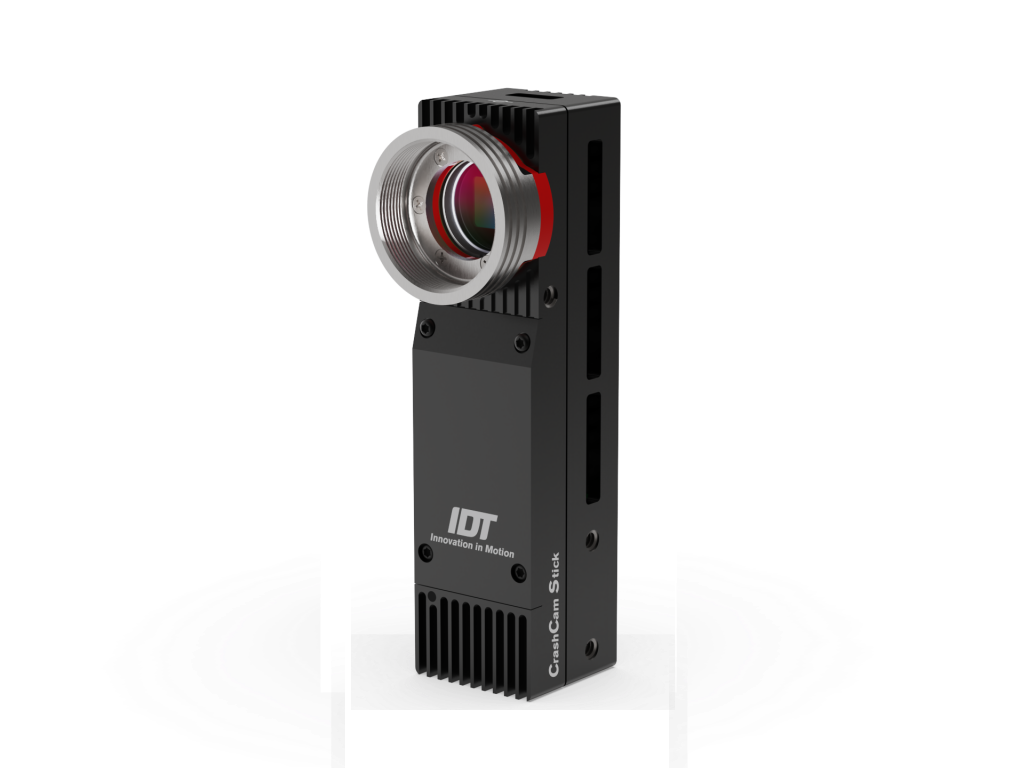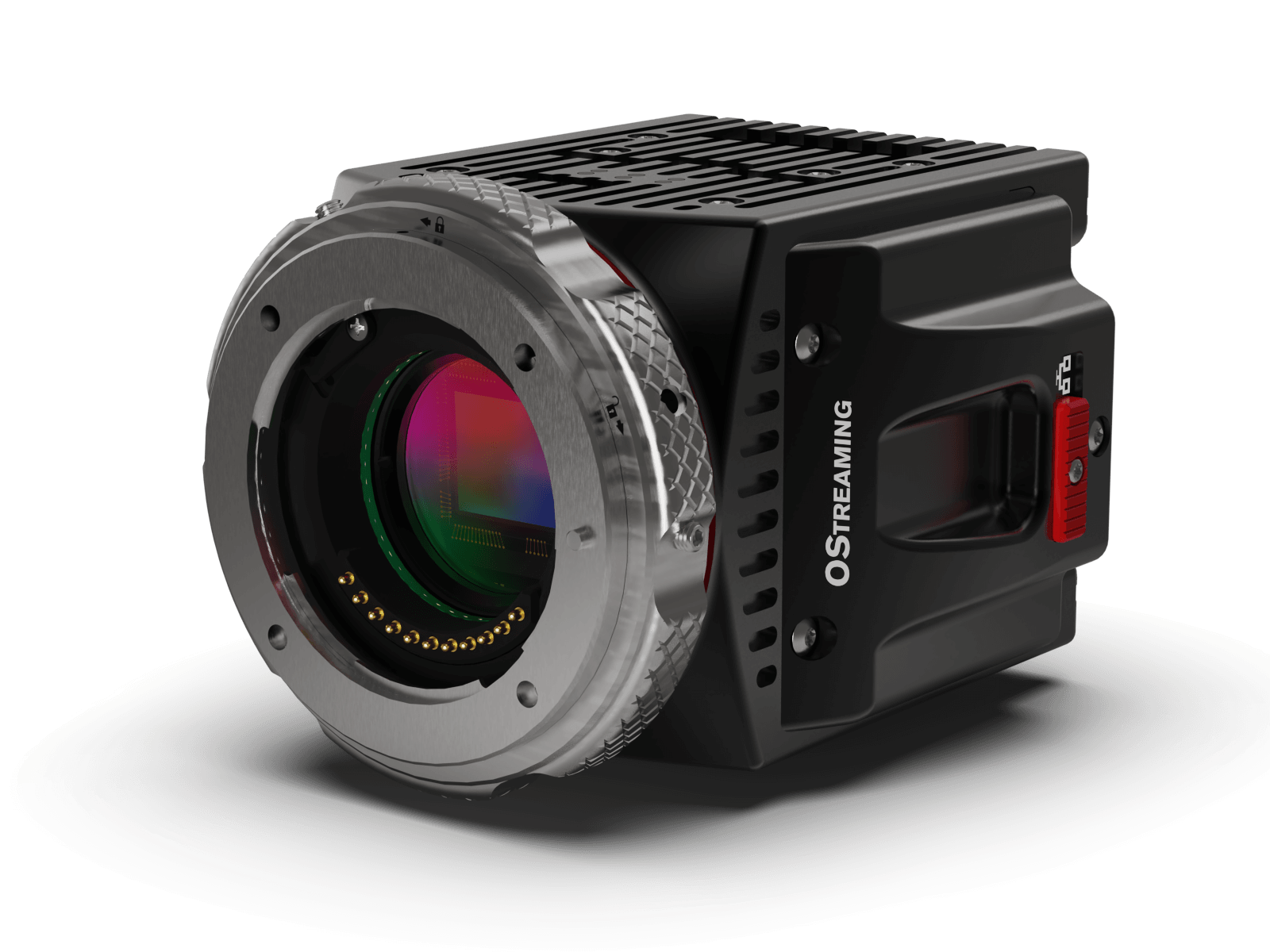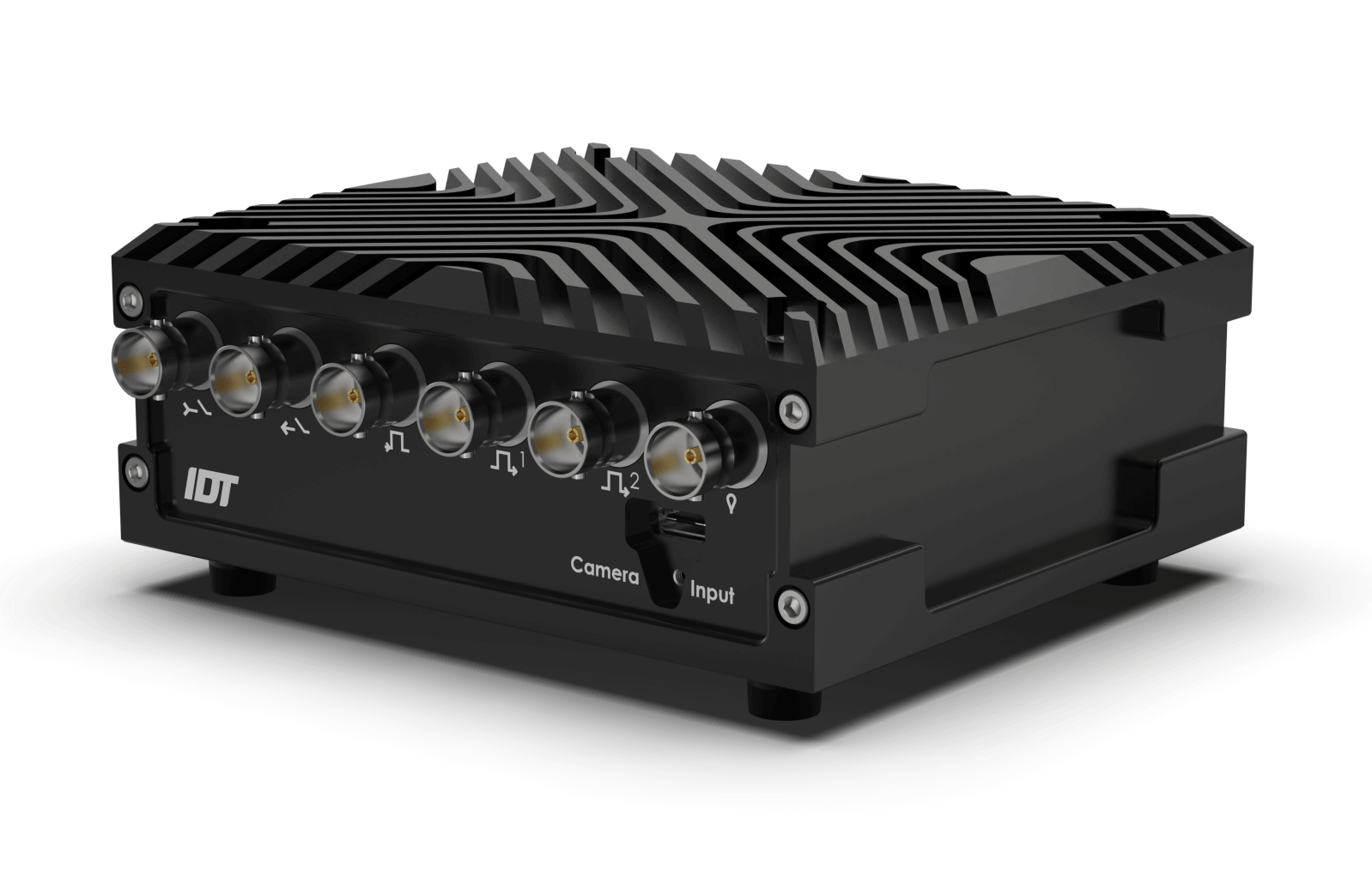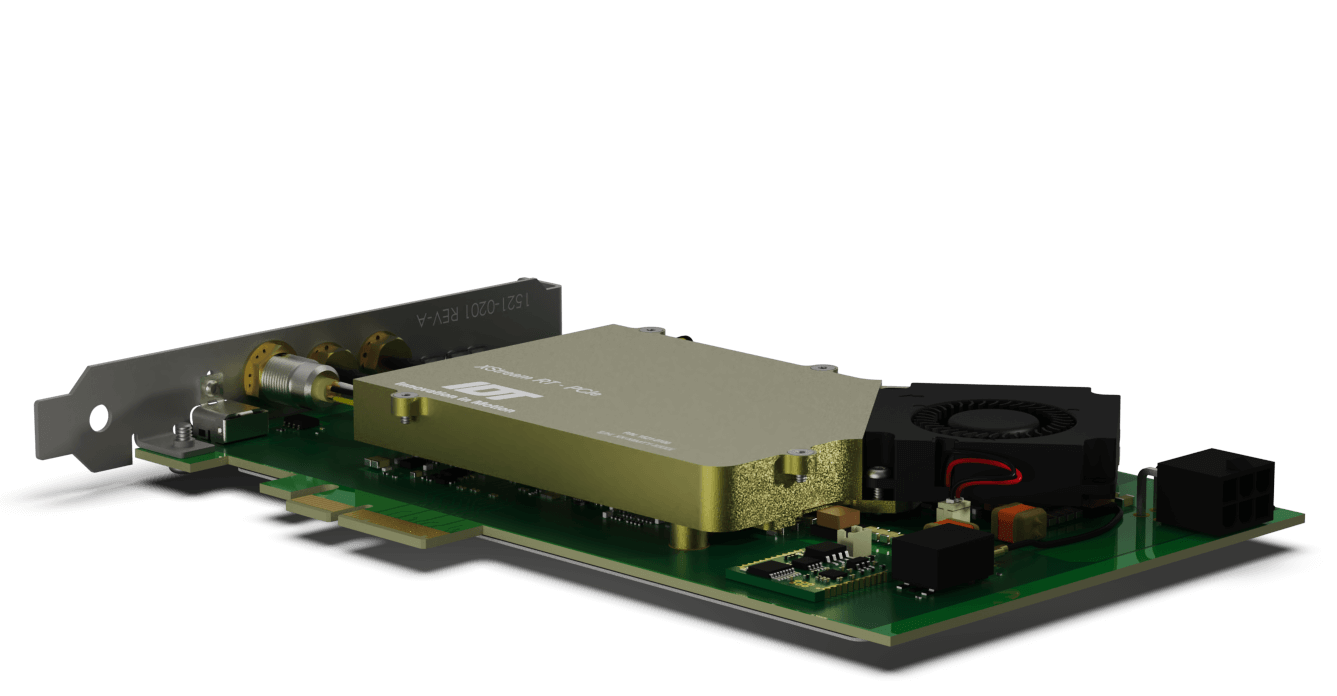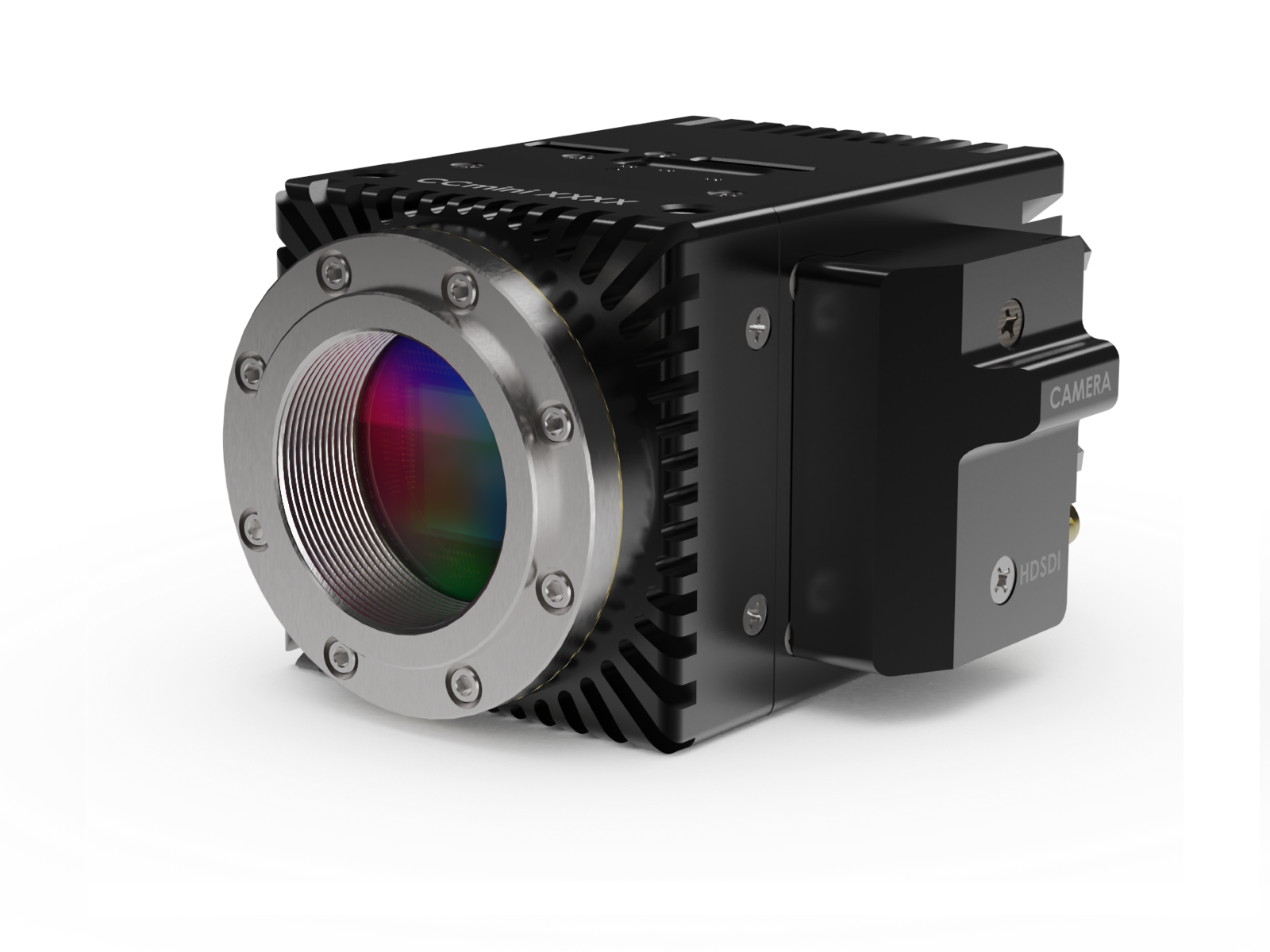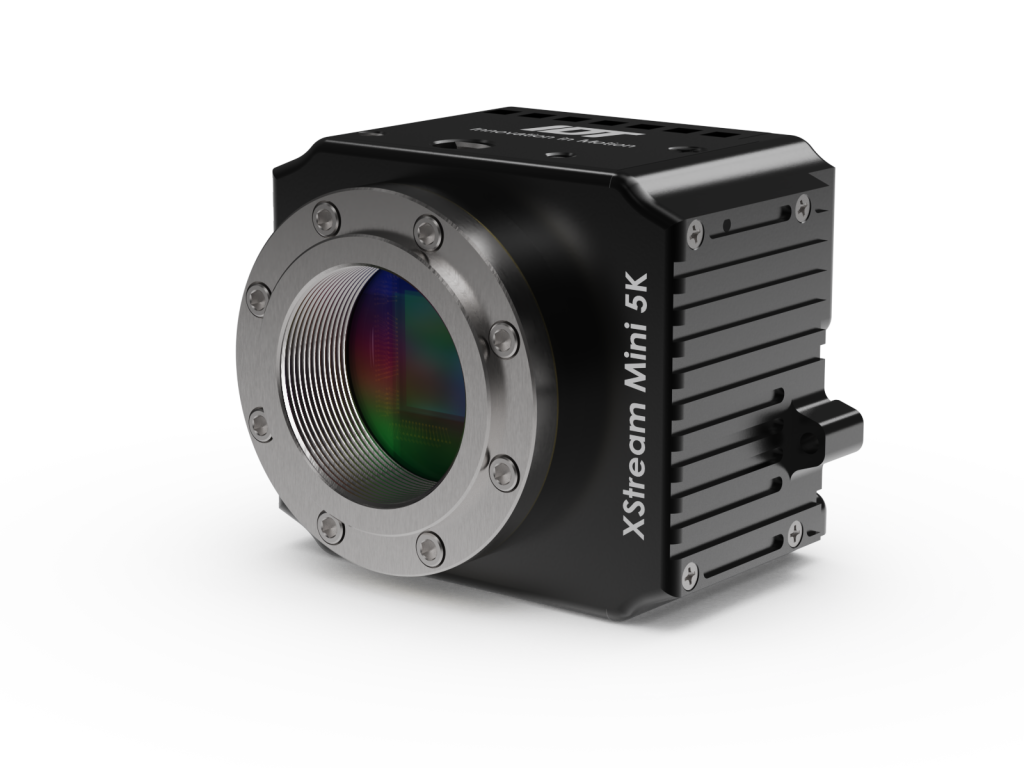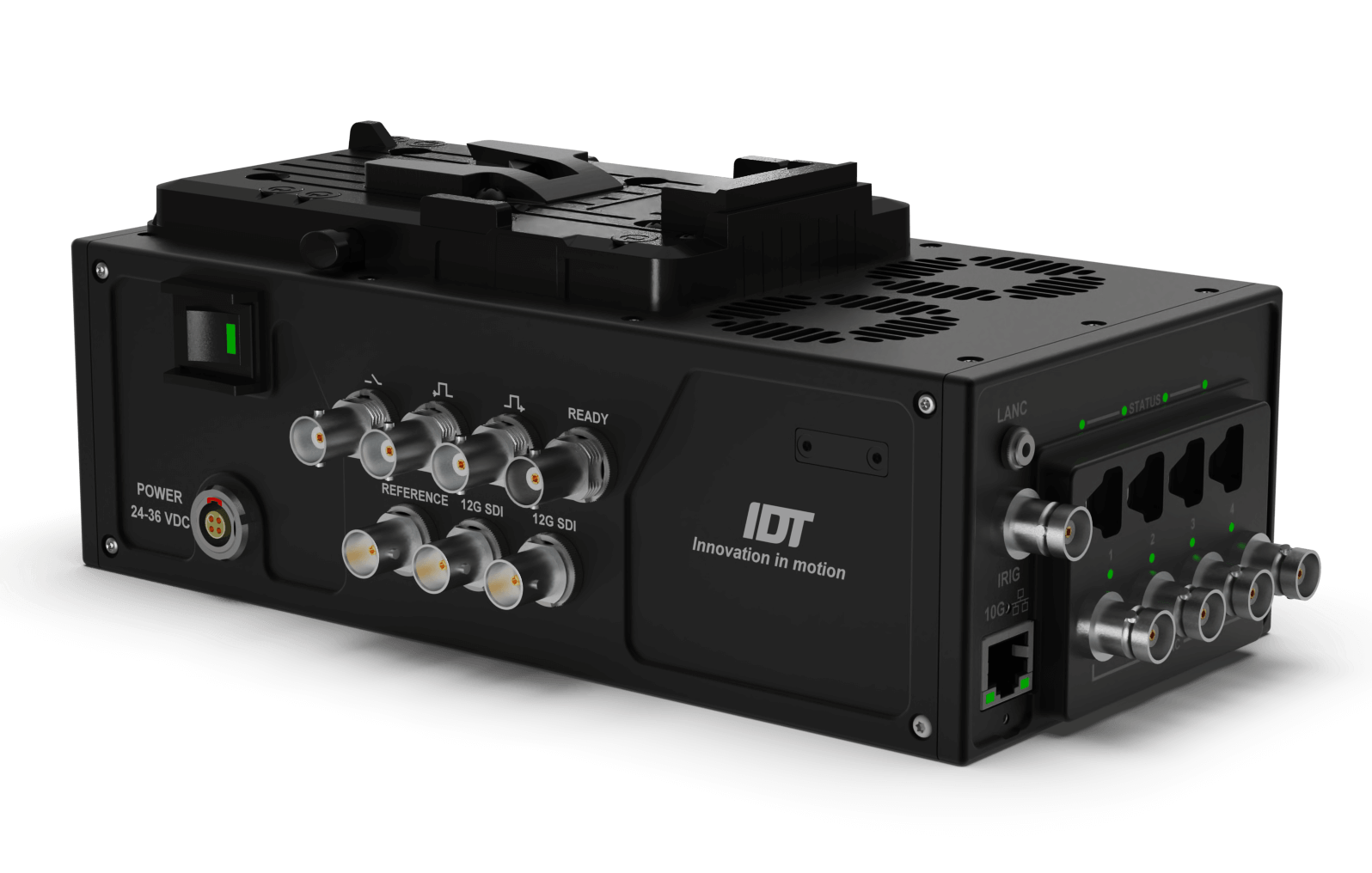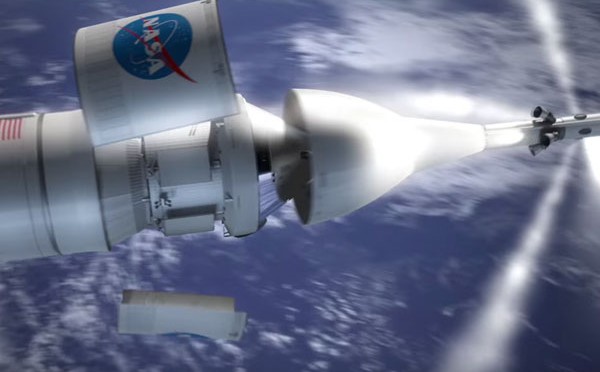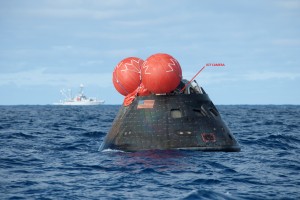IDT, Inc., is proud to announce the success of its Os Series, the first high-speed cameras in space, on the first unmanned Exploration Test Flight (EFT-1) of Lockheed Martin’s Orion spacecraft. The excellent performance of three Os cameras mounted on the spacecraft provided essential data that will help ensure the safety of astronauts on future manned flights. IDT also had cameras on the ground, recording the launch.
Staying in constant motion has made IDT the top innovator in the field of high-speed digital imaging. We were the frontrunners for this mission because our scientists have a reputation for fearlessly tackling seemingly impossible challenges and coming up with groundbreaking solutions — that work.
The launch on December 5, 2014, was the first flight test of the Orion Multi-Purpose Crew Vehicle (MPCV), designed to carry astronauts into space, protect and sustain them during space travel, and safely return them to Earth. It took off from Cape Canaveral Air Force Station’s Space Launch Complex 37 in Florida, orbited Earth twice in a four-plus-hour journey, and landed in the Pacific Ocean.
This test flight studied many critical safety systems, including the landing parachute deployment. That’s where IDT’s three cameras came in, observing the parachutes at various specific points during re-entry and landing.
Our miniature marvels were the only ones Lockheed found to be small enough and have the right functionality for recording such events as the parachute hatch deployment, the positioning of the cords, and the opening of the chutes themselves. Lockheed also needed cameras that could be highly flexible in configuring such factors as resolution and framerate, and that could be powered up after launch, during the flight as needed.
IDT’s scientists also developed a “Mission Mode” for the Os Series, allowing specific sequences of events with different parameters to be programmed in advance. But the challenges didn’t end there. The cameras had to survive launch and re-entry, plus exposure to salt water, and retain the data until it could be recovered from their solid-state drives.
We passed all these tests with flying colors on December 5, and we’re eager to meet the next set of challenges. The success of EFT-1 is just the first step in sending humans to deep-space destinations, such as asteroids or Mars. And, true to our own drive to use today’s great ideas as a platform for expanding our vision into tomorrow, IDT will be providing the next generation of high-speed cameras for future Orion missions.
IDT offers highly integrated systems that include high-speed digital imaging, data acquisition, and signal synchronization modules. We embrace industry standards such as high-speed USB and Gigabit Ethernet to supply reliable plug-and-play instruments that are cost-effective and user-friendly.
All slow motion footage in the video below is from an IDT Os camera.

